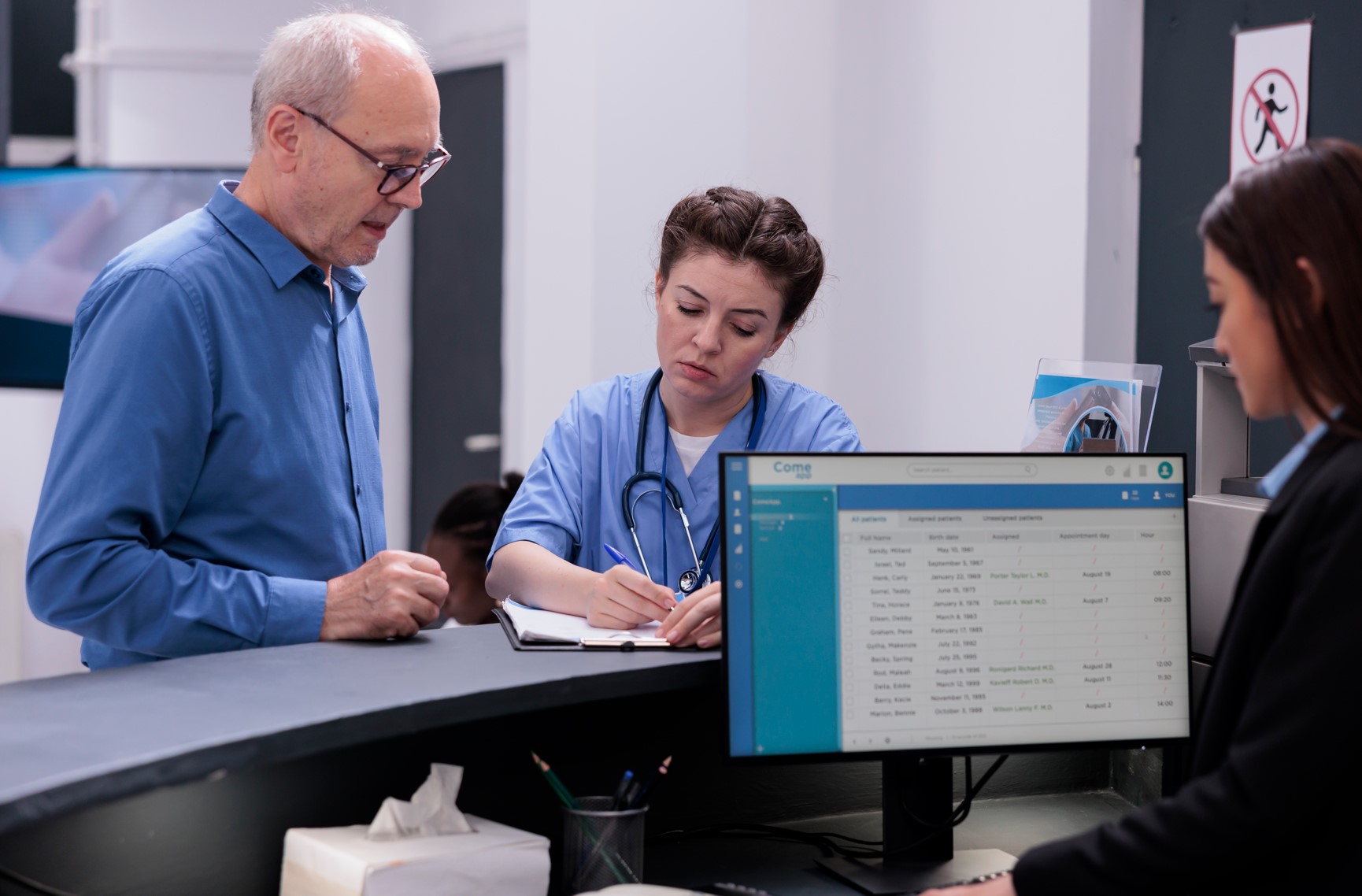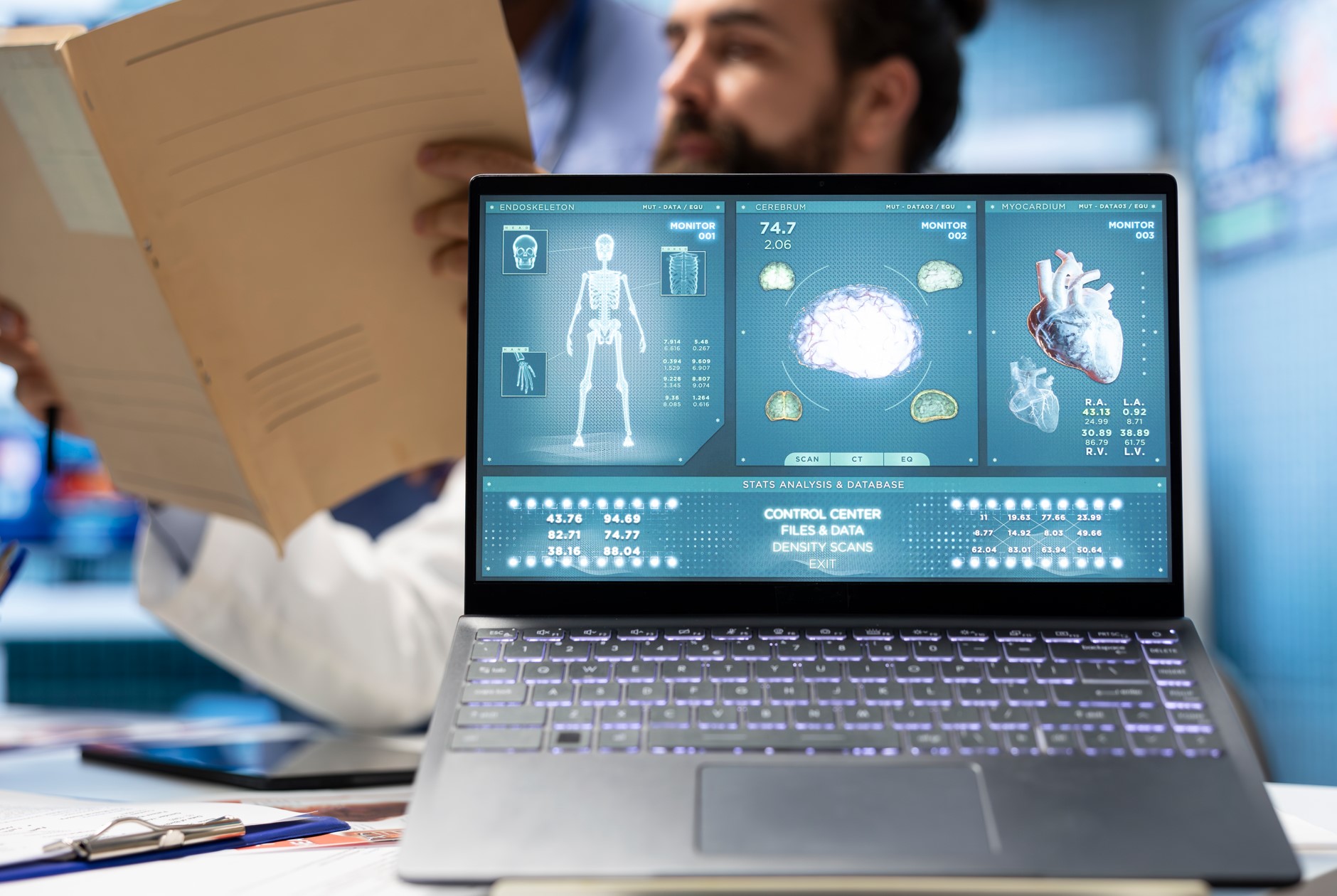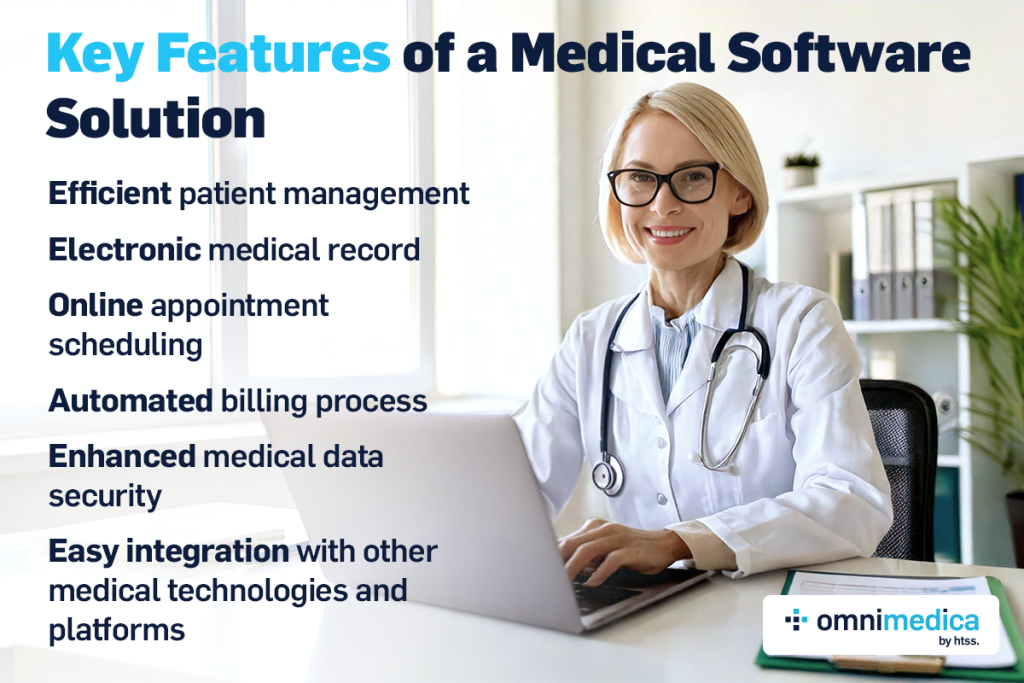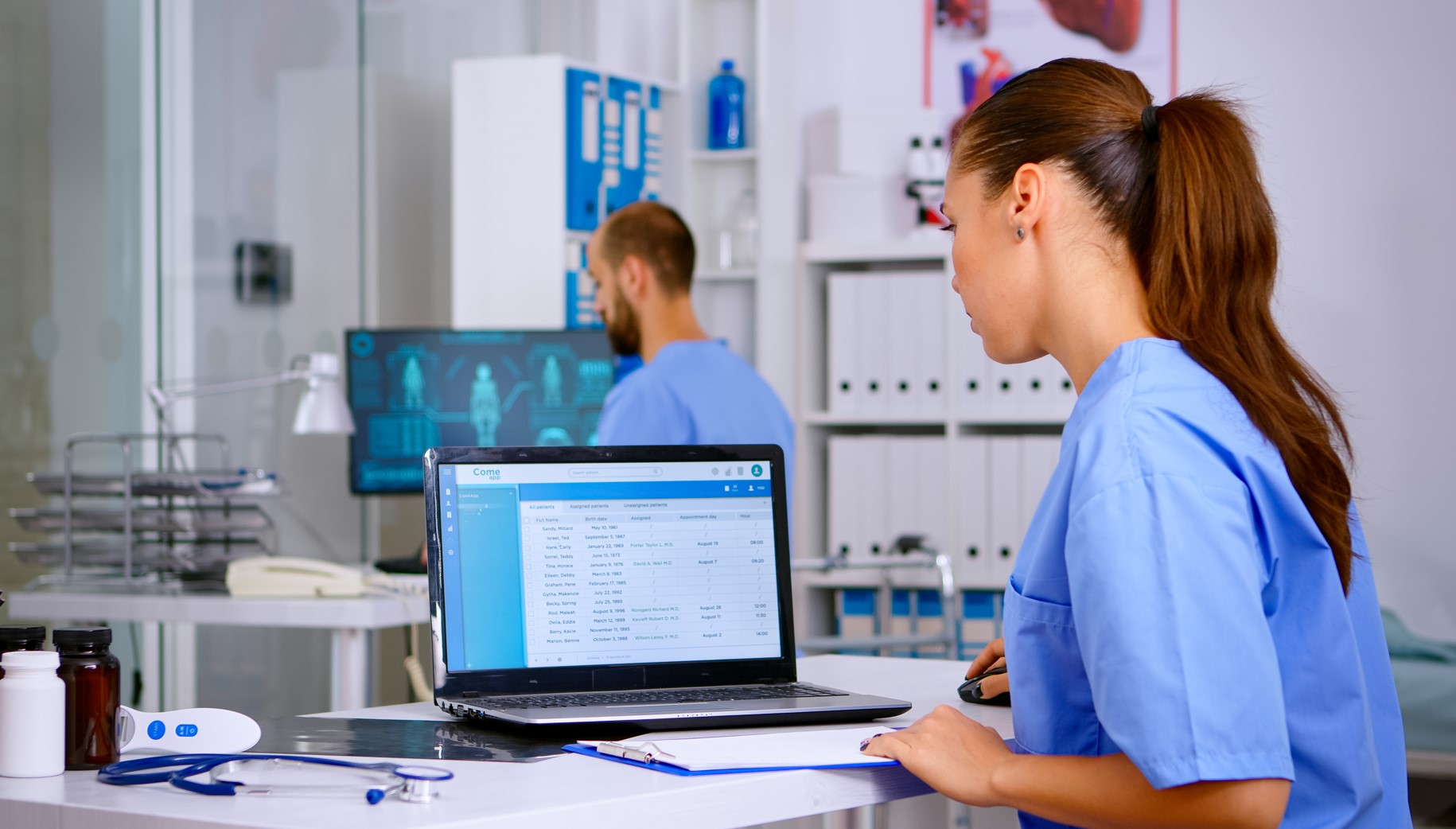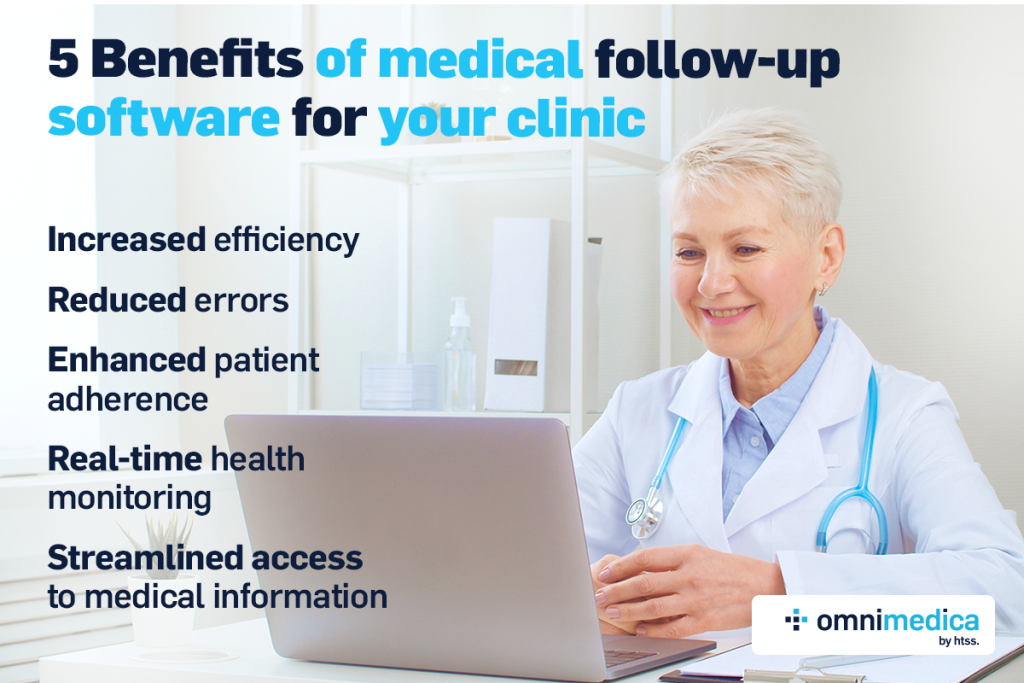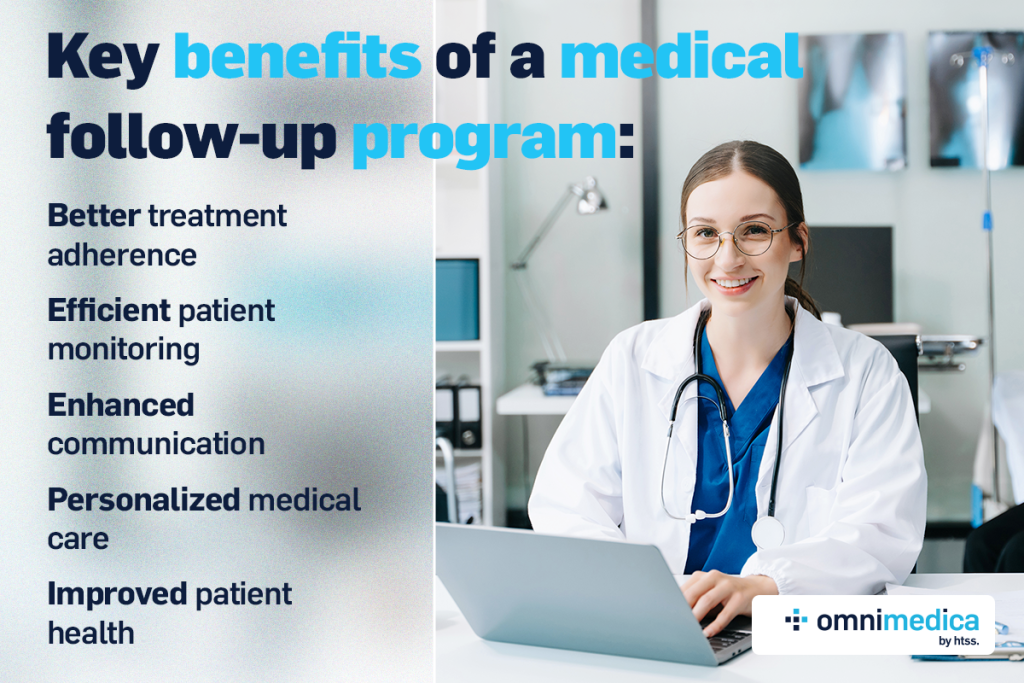- The benefits of patient scheduling software
- Why patient scheduling software is important for medical practices
A patient scheduling software offers numerous advantages for both medical practices and patients. Automating the scheduling process reduces errors and increases efficiency, improving the patient management experience. Here, we explore seven key benefits of using a patient scheduling software.
The benefits of patient scheduling software
A patient scheduling software optimizes appointment management, reduces human errors, and automates notifications, thereby improving clinic efficiency and patient satisfaction. By integrating with medical records and providing online scheduling accessibility, it offers a modern, barrier-free experience for both patients and medical staff.
Online patient scheduling, accessibility, and ease of use
By using a patient scheduling software, patients can book appointments online, regardless of the time or location. This means they are no longer restricted to the clinic’s working hours and can manage their time more efficiently. Online patient scheduling offers increased accessibility and a barrier-free experience, thus eliminating the need for phone calls and reducing waiting times.
Efficient management of medical appointments
An efficient patient scheduling system allows clinics to better manage appointment flow, avoid overlaps, and optimize resources. Appointments can be clearly organized, and medical staff can see calendar availability in real-time, facilitating better coordination and patient management in an organized manner.
Automated scheduling reduces human errors
Automating the scheduling process significantly reduces the risk of human error. In a patient scheduling software, all information is entered and automatically verified, minimizing the possibility of mistakes when booking appointments or allocating resources. This medical automation helps optimize the patient management process.

Automatic reminders and notifications for patients
A medical clinic software can automatically send patients notifications and reminders about their appointments. This helps reduce no-shows and ensures that patients are well-informed about their consultations. Automatic patient notifications are essential for maintaining a consistent flow of patients and optimizing the medical staff’s time.
Increased patient satisfaction and reduced waiting times
By using a patient scheduling software, medical practices can efficiently manage patient waiting times, offering them a more pleasant and stress-free experience. Patients appreciate when their time is respected, and consultations run according to schedule. This has a direct impact on increasing patient satisfaction.
Integration with electronic medical records
Another important benefit of a patient scheduling software is the integration with the patient’s medical record. This integration allows quick access to the patient’s medical history and helps doctors make informed decisions. Medical software should enable the synchronization of information to offer a comprehensive and personalized service to patients.
Optimization of medical resources and process efficiency
By optimizing scheduling, medical practices can better utilize their resources, from staff to equipment. Well-organized, conflict-free appointments reduce unproductive time and ensure a continuous, efficient workflow. This contributes to optimizing medical resources and delivering superior quality services to patients.
Why patient scheduling software is important for medical practices
In modern medical practices, adopting a patient scheduling software is essential to meet the growing demands of patients and improve workflow. Through digitizing medical processes, clinics can reduce errors, save time, and enhance patient satisfaction. A patient scheduling system not only automates and simplifies the scheduling process but also helps clinics be more flexible and adaptable in the face of changes in the medical field.
Besides the benefits for patients, medical practices and clinics that implement a patient management software can see a significant reduction in administrative costs and an improvement in overall efficiency. A digital solution for clinics allows centralization and quick access to data, reducing the need to work with physical documents or manual schedules.
Adopting a patient scheduling software can bring major improvements in appointment management and the organization of a medical practice or clinic. omnimedica, a modern and advanced platform, is the ideal solution for clinics and practices looking to eliminate physical documents and adopt technology in medical practices that is accessible anytime, anywhere through a safe and efficient online environment.
If you are looking for a solution that transforms how you manage your patients and appointments, omnimedica can provide all the tools necessary to simplify and streamline these processes. Contact us to learn how this digital solution for clinics can transform your practice and improve your relationship with patients.

